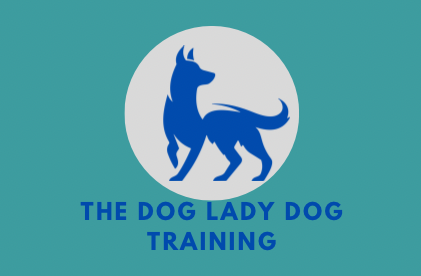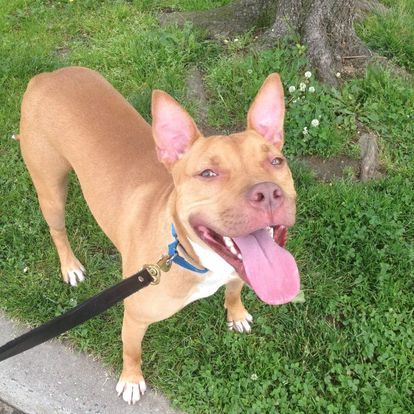Basic obedience allows owners to communicate with their dogs. In dog training, there are standardized words/cues we used to convey what we want our dog to do. These cues make up the basic obedience commands. They include:
Find it, focus, name recognition, sit, down, settle, stay, come, targeting, loose leash walking, heel, leave it, drop it, and place.
There are many different ways to teach basic obedience cues. We will focus on one common method of teaching each basic cue. We hope you find this to be a useful reference for training the dog in your care.
*Reliably means your dog is successful at something 90 percent of the times attempted.
Remember you want your dog to be successful. If he is not successful, he is not having fun and neither are you. If your dog is struggling to perform at one level, make it easier.
We will learn how to teach one cue every month beginning with focus. This month’s skill is loose leash walking.
Loose Leash Walking
When you start out for a walk with your dog, clap your leg and keep a dialog going with him to keep him engaged and focused on you. Periodically give treats when he is at your side. If he goes out too far in front (right as the leash gets taut) of you say, “This way!” and turn around and walk in the other direction so he is now behind you. When he gets to your side start giving treats again. If you find you are changing directions too often, increase the rate at which you give the treats to keep your dog at your side for longer. Make sure you give treats with the hand that is on the side that Rex is. Often if we give treats from the other side, you may accidentally encourage your dog to cross over in front of you it’s best to be consistent about what side you want to your dog to walk on. Switching sides may be confusing to the dog. Be mindful not to use the leash as a crutch. It’s there to keep your dog safe, not force him into position. You can try practice in an indoor room where a leash is not necessary to ensure you can successfully keep him at your side without it.
Heel
Loose leash walking is one of the more challenging behaviors to teach your dog because pulling is a self-rewarding behavior. Begin to encourage the dog to look at you, or focus, during the walk. Every time the dog looks at the owner he will be rewarded with a high value treat. Eventually the dog will be rewarded for walking next to the owner while focusing on him. This is “heel” behavior. Once your dog is reliably checking in with you, you can begin to use the “heel” cue.

